
Mary Ann Evans, known by her pen name George Eliot, was an English novelist, poet, journalist, translator and one of the leading writers of the Victorian era. She wrote seven novels: Adam Bede (1859), The Mill on the Floss (1860), Silas Marner (1861), Romola (1862–63), Felix Holt, the Radical (1866), Middlemarch (1871–72) and Daniel Deronda (1876). Like Charles Dickens and Thomas Hardy, she emerged from provincial England; most of her works are set there. Her works are known for their realism, psychological insight, sense of place and detailed depiction of the countryside.
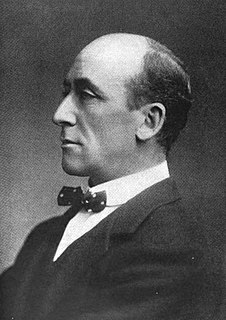
Algernon Henry Blackwood, CBE was an English broadcasting narrator, journalist, novelist and short story writer, and among the most prolific ghost story writers in the history of the genre. The literary critic S. T. Joshi stated, "His work is more consistently meritorious than any weird writer's except Dunsany's." and that his short story collection Incredible Adventures (1914) "may be the premier weird collection of this or any other century".

Jude the Obscure is a novel by Thomas Hardy, which began as a magazine serial in December 1894 and was first published in book form in 1895. It is Hardy's last completed novel. The protagonist, Jude Fawley, is a working-class young man; he is a stonemason who dreams of becoming a scholar. The other main character is his cousin, Sue Bridehead, who is also his central love interest. The novel is concerned in particular with issues of class, education, religion, morality and marriage.
John Knowles was an American novelist best known for A Separate Peace (1959).

Saint Aloysius de Gonzaga, SJ was an Italian aristocrat who became a member of the Society of Jesus. While still a student at the Roman College, he died as a result of caring for the victims of a serious epidemic. He was beatified in 1605 and canonized in 1726.

Clarice M. Starling is a fictional character and protagonist of the novels The Silence of the Lambs (1988) and Hannibal (1999) by Thomas Harris.

Antonio Alessandro Boncompagno Stradella was an Italian composer of the middle Baroque period. He enjoyed a dazzling career as a freelance composer, writing on commission, and collaborating with distinguished poets, producing over three hundred works in a variety of genres.
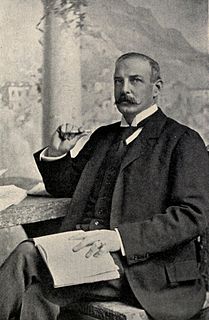
Francis Marion Crawford was an American writer noted for his many novels, especially those set in Italy, and for his classic weird and fantastical stories.
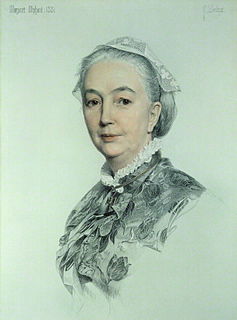
Margaret Oliphant Wilson Oliphant was a Scottish novelist and historical writer, who usually wrote as Mrs. Oliphant. Her fictional works cover "domestic realism, the historical novel and tales of the supernatural".

Jack Crawford is a fictional character who appears in the Hannibal Lecter series of novels by Thomas Harris, in which Crawford is the Agent-in-Charge of the Behavioral Science Unit of the FBI in Quantico, Virginia. He is modeled after John E. Douglas, who held the same position.

Stefano Landi was an Italian composer and teacher of the early Baroque Roman School. He was an influential early composer of opera, and wrote the earliest opera on a historical subject: Il Sant'Alessio (1632).
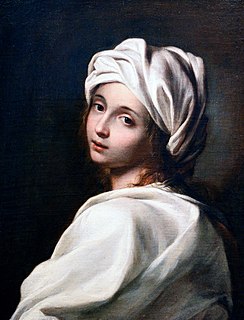
Beatrice Cenci was a Roman noblewoman who murdered her father, Count Francesco Cenci. She was beheaded in 1599 after a lurid murder trial in Rome that gave rise to an enduring legend about her.
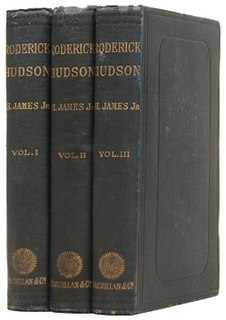
Roderick Hudson is a novel by Henry James. Originally published in 1875 as a serial in The Atlantic Monthly, it is a bildungsroman that traces the development of the title character, a sculptor.

The Silence of the Lambs is a psychological horror novel by Thomas Harris. First published in 1988, it is the sequel to Harris's 1981 novel Red Dragon. Both novels feature the cannibalistic serial killer Dr. Hannibal Lecter, this time pitted against FBI Special Agent Clarice Starling. Its film adaptation directed by Jonathan Demme was released in 1991 to widespread critical acclaim and box office success. It won the Academy Award for Best Picture.

Red Dragon is a psychological horror novel by American author Thomas Harris, first published in 1981. The plot follows former FBI profiler Will Graham, who comes out of retirement to find and apprehend an enigmatic serial killer nicknamed "the Tooth Fairy". The novel introduced the character Dr. Hannibal Lecter, a brilliant psychiatrist and cannibalistic serial killer whom Graham reluctantly turns to for advice and with whom he has a dark past. The title refers to the figure from William Blake's painting The Great Red Dragon and the Woman Clothed in Sun.
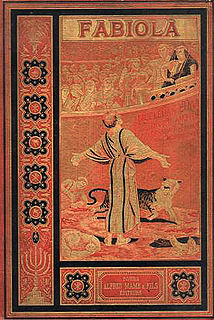
Fabiola or, the Church of the Catacombs is a novel by the English Cardinal Nicholas Wiseman. It was first published in 1854. The novel has been adapted to film three times.

The White Sister is a 1923 American silent drama film starring Lillian Gish and Ronald Colman, directed by Henry King, and belatedly released by Metro Pictures. It was based on the 1909 novel of the same name by Francis Marion Crawford. It is the second of four adaptations of the novel, preceded by a 1915 production and followed by a 1933 sound film, starring Helen Hayes and Clark Gable, and a 1960 Mexican production.

Aunt Jane's Nieces Abroad is a young adult novel written by L. Frank Baum, famous as the creator of the Land of Oz. It was the second volume in the ten-novel series Aunt Jane's Nieces, which was, after the Oz books, the second greatest success of Baum's literary career. Like the other books in the series, the novel appeared under the pen name "Edith Van Dyne," one of Baum's multiple pseudonyms.
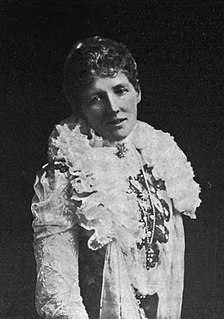
Mary Crawford Fraser, usually known as Mrs. Hugh Fraser, was a writer noted for her various memoirs and historical novels.
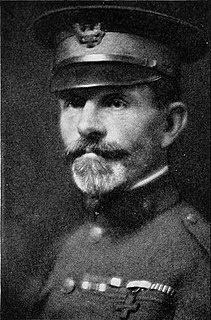
Winthrop Astor Chanler was an American sportsman and soldier who fought in the Spanish–American War and World War I.


















